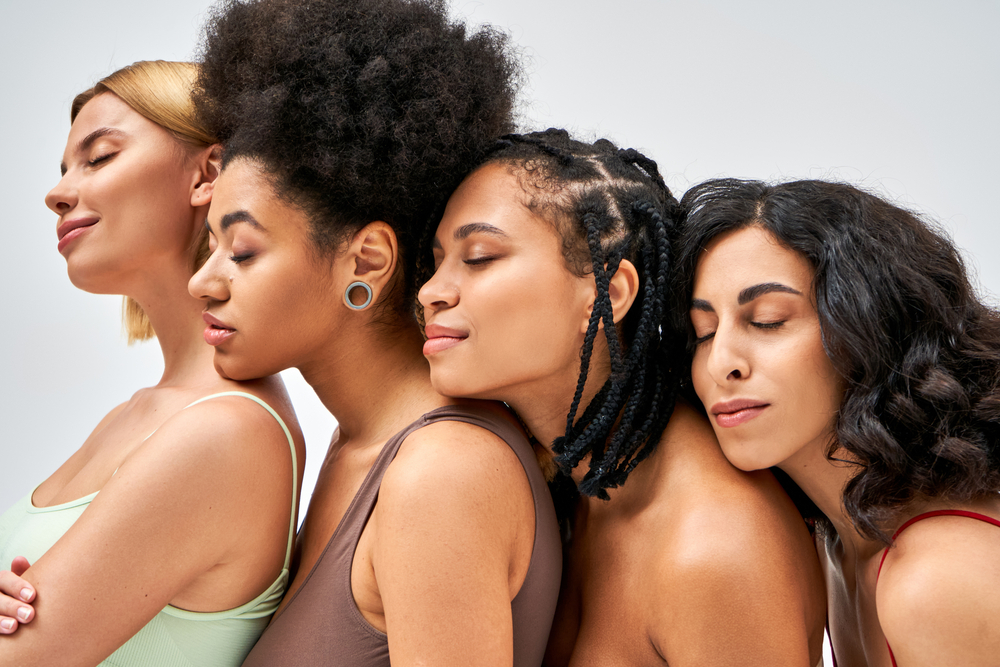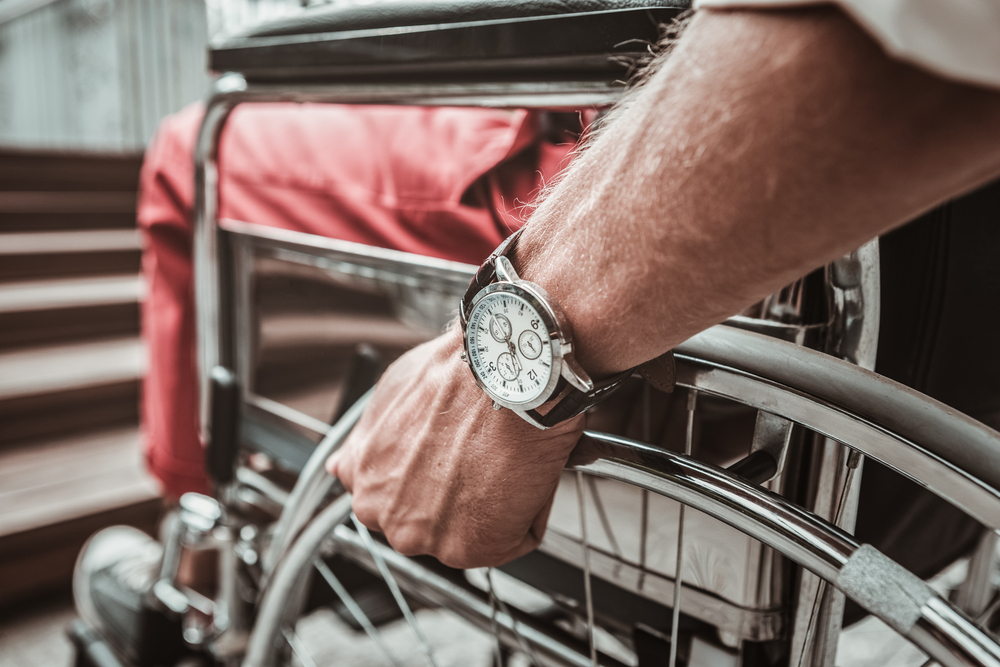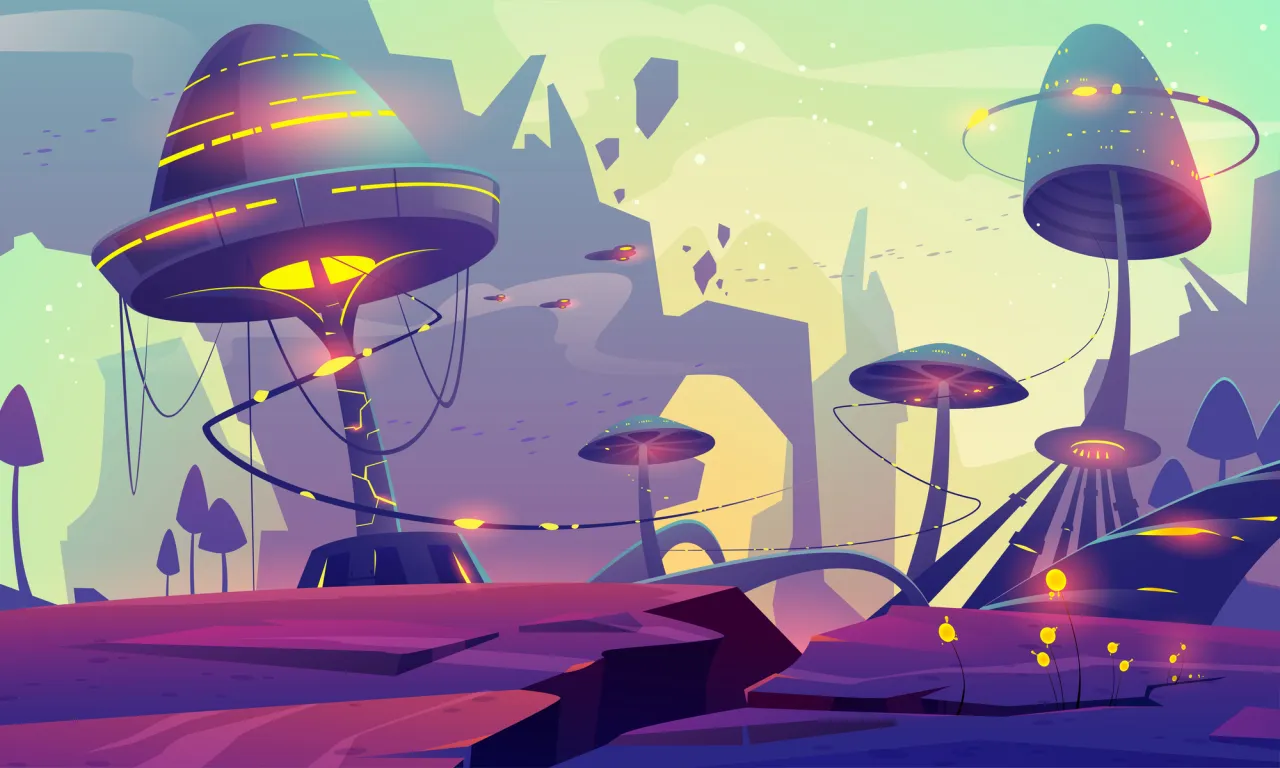Dos and Don’ts for Creatives Working with Text-to-Image AI
AI image generators take content creation to the next level. If used smartly, they can speed up production, make it cheaper, outsource mundane tasks, and provide illustrators and designers with more time to work on concepts and visual storytelling. They also enable marketers to target campaigns at different audiences and boost ad personalization at lower costs.
Unfortunately, not all text-to-image generators are equally ethical. From the origin of databases used for their training to the risk of generated content being downloaded by someone other than its authors, there is a range of copyright issues that make some AI tools risky to use for media projects.
Good news is that there’s AI Image Generator by Depositphotos that enables you to create commercially safe pictures from text prompts. All files generated with the tool are licensed, unique, and will never become a part of a third-party library. However, “ethical” doesn’t just refer to legal aspects. It is also related to the topic and plot of generated visuals.
In order to help you produce ethical images in terms of the values and concepts they depict, we created a handy guide for you.
Generate ImagesWhat are “ethical visuals” created with AI? Why ethics are important for companies
AI Image Generator, developed by Depositphotos in partnership with BRIA, is a commercially safe tool for image production. It was built considering the ethical principles of delivering AI from responsible sources. The generator is easy to use, too. All you need is to type in a text prompt; the more details, the better the result. Read 5 Essential Tips for Crafting Effective AI Image Generation Prompts to master this skill.
How can one create ethical images from text, and why is it important? First of all, responsible content creation and advertising mean that industry professionals are committed to improving the lives of their audience on a personal and global scale.
The first goal is achieved by producing high-quality goods or providing services. The second one is about supporting ideas that can positively impact society. On the contrary, integrating visual attributes or scenes that promote or tolerate inhumane behavior may work against society.
Using unethical visuals can risk your brand reputation, sales, and campaign reach online. In particular, your account can be banned or shadowbanned for failing to comply with Instagram or other social media platform rules. For more on this topic, explore the following article: Am I Shadowbanned on Instagram? How to Test & Fix It Quickly.
So, be this a user reporting your content as offensive, Google’s algorithms, or a social media’s moderation system, the result is the same—unethical images cause budget losses and huge investments into media rehabilitation afterward.
What is unethical to depict in generated images?
While a huge advantage of AI generative tools is that one can create anything with them in just one or a couple of clicks, this creative freedom possesses certain risks, too. Without being aware of what content is visually ethical and unethical for their audience, a creative might come up with content that will harm corporate reputation and lead to a social media account ban.
Here are four types of unethical content we recommend you avoid while using AI Image Generator:
❌ Offensive content
This category includes symbols, attributes, and scenes that promote violence and discriminate against people based on their gender, race, sexual orientation, or religion. To ensure your images do not contain elements like this, study your target audience carefully or have a focus group of representatives to test your campaigns.
❌ Discrimination & stereotypes
In your communication based on AI-generated images, avoid elements reinforcing harmful stereotypes and clichés that spread wrong ideas about a group of people.
Most common stereotypes are about gender roles, race, age, culture, and profession. Don’t use prompts that reinforce them or add details to your text requests that might add diversity to the final images.
Here are some ideas on creating beyond stereotypes—Redefining Beauty in the Modern World: How Brands Can Adapt.
❌ Content tolerating exploitation
Exploitation refers to taking unfair advantage of someone without regard for their well-being or consent. The most typical forms of it that still, unfortunately, appear in modern communication are animal and child exploitation. There’s also the issue of capitalizing on human suffering.
Even though AI generation resolves the issue of using children or animals in ads, scenes of any type of exploitation should not be something you show in visuals.
❌ Triggering & disturbing images
Some people are more sensitive to visuals containing elements like repetitive textures or blood. To avoid triggering them with your content, you need to either avoid triggers or leave a warning for sensitive viewers so they can decide whether to watch your content by themselves.
Here are some examples of triggering content: graphic violence or injury, scenes of abuse, scenes of medical procedures, explicit depiction of acts of self-harm, visuals from tragic historical events like terrorist attacks or natural disasters, and nudity.
What else do you need to consider?
Several issues concern how you publish AI-generated content. Since you can create images that imitate not only illustration but also photography, it’s important that your audience clearly understands what is generated with AI and what is not. Key ethical principles of publishing AI-generated images include:
✅ Avoid misleading viewers
AI can be used to alter a real-life photo. For example, you can “add” a person that didn’t attend a certain event to a frame or adjust an image of your product with AI, misleading client expectations. Any of these actions are unethical and in some cases illegal.
If you create a visual story with AI, always add a disclaimer like: “This image was created with AI”.
✅ Protect one’s privacy
Don’t use AI images featuring real people who can be distinguished in your campaigns. To avoid this, exclude mentions of real people from your prompts. In the case of AI Image Generator, receiving images that violate one’s privacy is impossible, and all generated content is legal for commercial use (Standard license).
✅ Conduct human ethical audits
The more you use AI, the smarter it gets. Short prompts without details let untrained generative tools fall into stereotypes that dominate the databases they use. However, if you regularly review the results and give your tool feedback, there is a high chance of teaching it how to avoid unethical content generation.
Final thoughts
If used ethically, an AI image generator can be a reliable co-creator and a powerful tool for spreading smart, socially impactful messages through visuals. At Depositphotos, we improve our AI Image Generator every day to make it more impactful, ethical, and useful for customers. Explore its potential today, and don’t hesitate to experiment with detailed prompts that support diversity and equality in visuals!
Generate ImagesGet more eyes on your campaigns with AI by following our recommendations:
AI in 2024: Transformative Trends Shaping the Creative Landscape
5 Essential Tips for Crafting Effective AI Image Generation Prompts
Your Ultimate Guide to eCommerce Personalization and Tailored Product Discovery
Color Psychology Explained: How Hues Can Evoke Emotions and Influence Decisions













